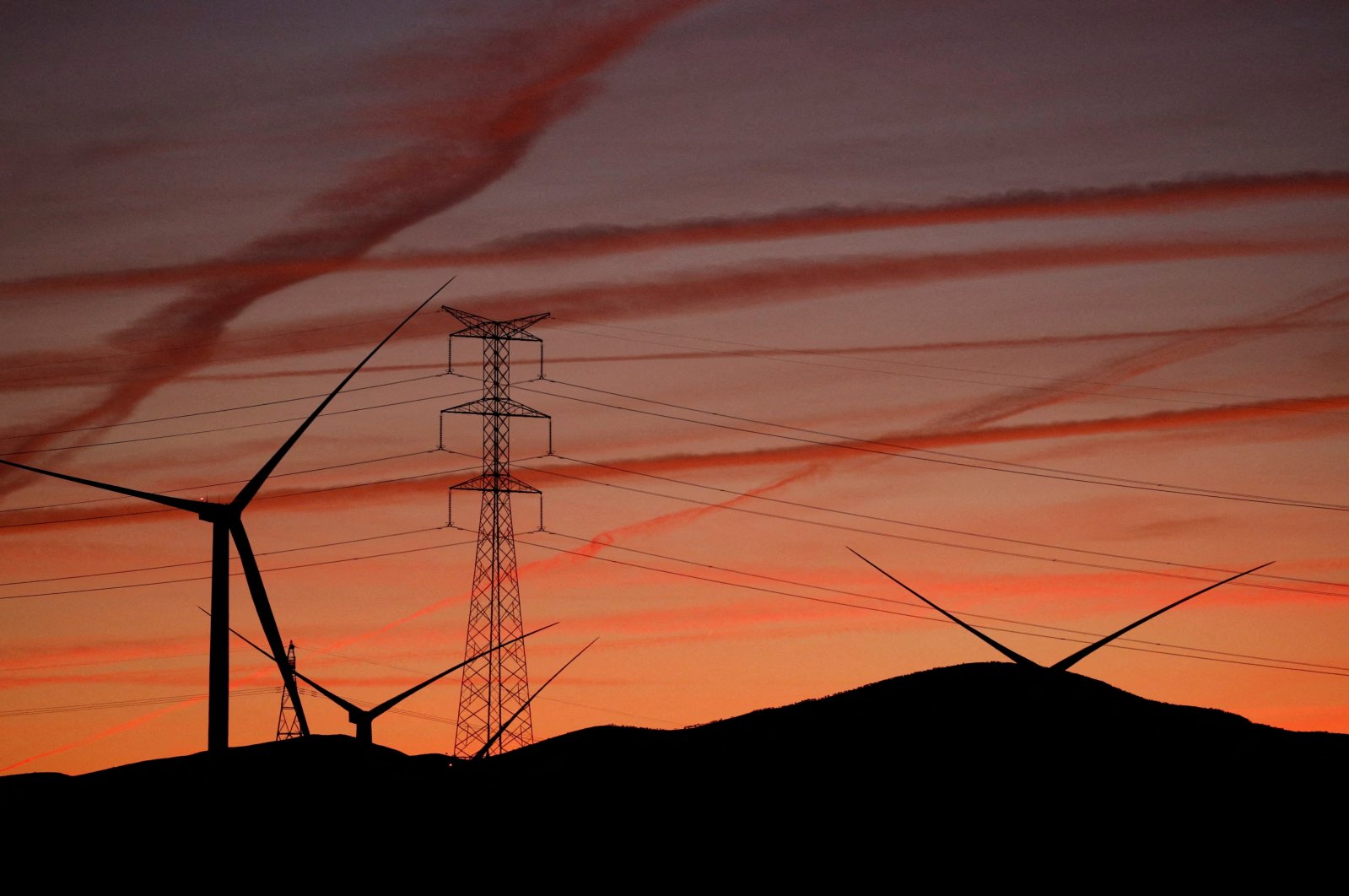
The world is on the brink of a new "age of electricity" with fossil fuel demand set to peak by the end of the decade, meaning surplus oil and gas supplies could push investment into green energy, the International Energy Agency (IEA) said in its annual outlook, published on Wednesday.
But it also flagged a high level of uncertainty as conflicts embroil the oil and gas-producing Middle East and Russia and as countries representing half of global energy demand have elections in 2024.
"In the second half of this decade, the prospect of more ample – or even surplus – supplies of oil and natural gas, depending on how geopolitical tensions evolve, would move us into a very different energy world,” IEA Executive Director Fatih Birol said in a release alongside its annual World Energy Outlook report.
Surplus fossil fuel supplies would likely lead to lower prices and could enable countries to dedicate more resources to clean energy, moving the world into an "age of electricity," Birol said.
"In energy history, we've witnessed the Age of Coal and the Age of Oil," he said.
"We're now moving at speed into the Age of Electricity, which will define the global energy system going forward and increasingly be based on clean sources of electricity."
In the nearer term, there is also the possibility of reduced supplies should the Middle East conflict disrupt oil flows.
The IEA said such conflicts highlighted the strain on the energy system and the need for investment to speed up the transition to "cleaner and more secure technologies."
A record high level of clean energy came online globally last year, the IEA said, including more than 560 gigawatts (GW) of renewable power capacity. Around $2 trillion is expected to be invested in clean energy in 2024, almost double the amount invested in fossil fuels, according to the Paris-based agency.
"Together with nuclear power, which is the subject of renewed interest in many countries, low-emissions sources are set to generate more than half of the world's electricity before 2030," it said.
'Growing momentum'
However, the IEA noted that the deployment of clean energy "is far from uniform across technologies and countries."
The growing thirst for electricity is driven by industry, electric vehicles, air conditioning and data centers linked to the surge of artificial intelligence.
Despite the "growing momentum behind clean energy transitions," the IEA said the world was "still a long way from a trajectory aligned" with its goal of becoming carbon neutral by 2050.
The net-zero emissions target is crucial to meet the Paris Agreement goal of limiting global warming to 1.5 degrees Celsius (2.7 degrees Fahrenheit) from preindustrial levels.
The IEA report comes a month before Azerbaijan hosts the U.N.'s annual climate conference, COP29, in Baku, from Nov. 11 to Nov. 22.
At COP28 in Dubai last year, nations pledged to triple renewable energy capacity by 2030. They also vowed to transition away from fossil fuels.
The IEA said renewable power generation capacity is set to rise from 4,250 GW today to nearly 10,000 GW in 2030 as costs for most clean technologies are falling.
While it falls short of the COP28 tripling target, it is "more than enough" to cover the growth in global electricity demand and "push coal-fired generation into decline."
China accounted for 60% of the new renewable capacity added in the world last year.
By the early 2030s, the country's solar power generation will exceed the total electricity demand of the United States today, the report found.
In many developing countries, however, "policy uncertainty and a high cost of capital are holding back clean energy projects."
Oil demand
In its scenario based on current government policies, global oil demand peaks before 2030 at just less than 102 million barrels/day (mb/d), and then falls back to 2023 levels of 99 mb/d by 2035, largely because of lower demand from the transport sector as electric vehicle use increases.
The report also lays out the likely impact on future oil prices if stricter environmental policies are implemented globally to combat climate change.
In the IEA’s current policies scenario, oil prices decline to $75 per barrel in 2050 from $82 per barrel in 2023.
That compares to $25 per barrel in 2050 should government actions fall in line with the goal of cutting energy sector emissions to net zero by then.
Although the report forecasts an increase in demand for liquefied natural gas (LNG) of 145 billion cubic meters (bcm) between 2023 and 2030, it said this would be outpaced by an increase in export capacity of around 270 bcm over the same period.
"The overhang in LNG capacity looks set to create a very competitive market at least until this is worked off, with prices in key importing regions averaging $6.5-8 per million British thermal units (mmBtu) to 2035,” the report said.
Asian LNG prices, regarded as an international benchmark are currently around $13 mmBtu.
